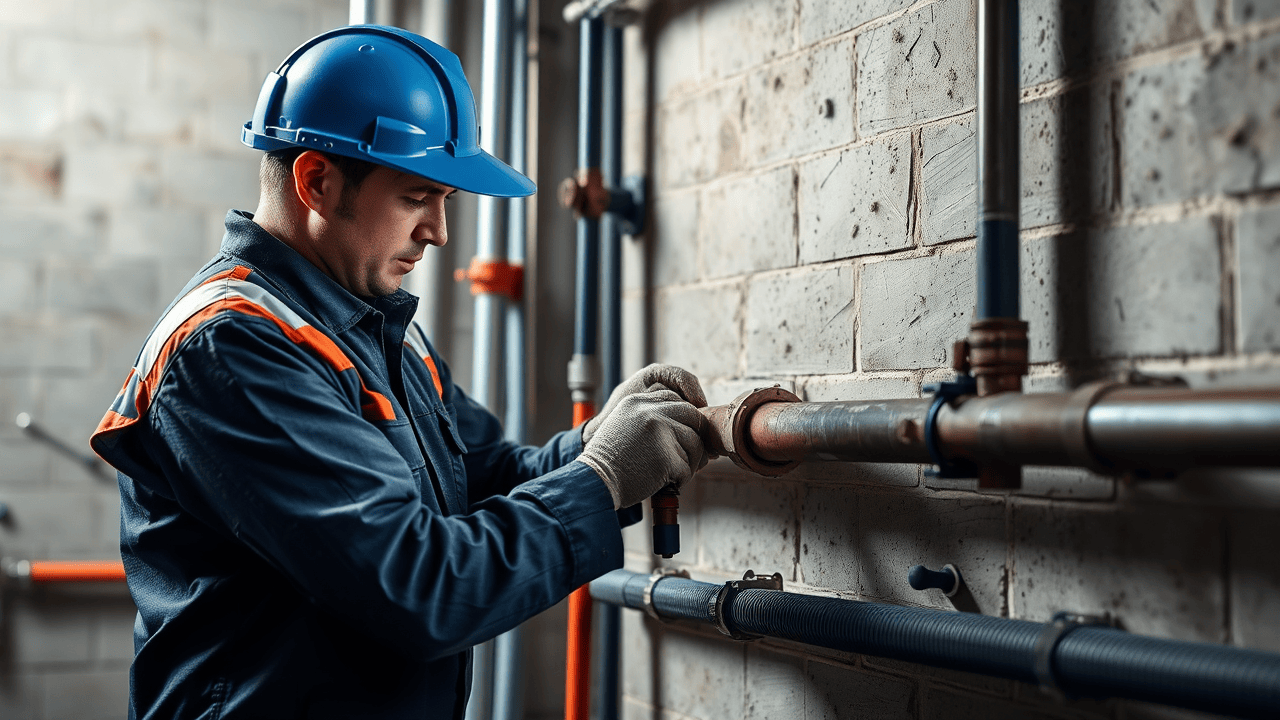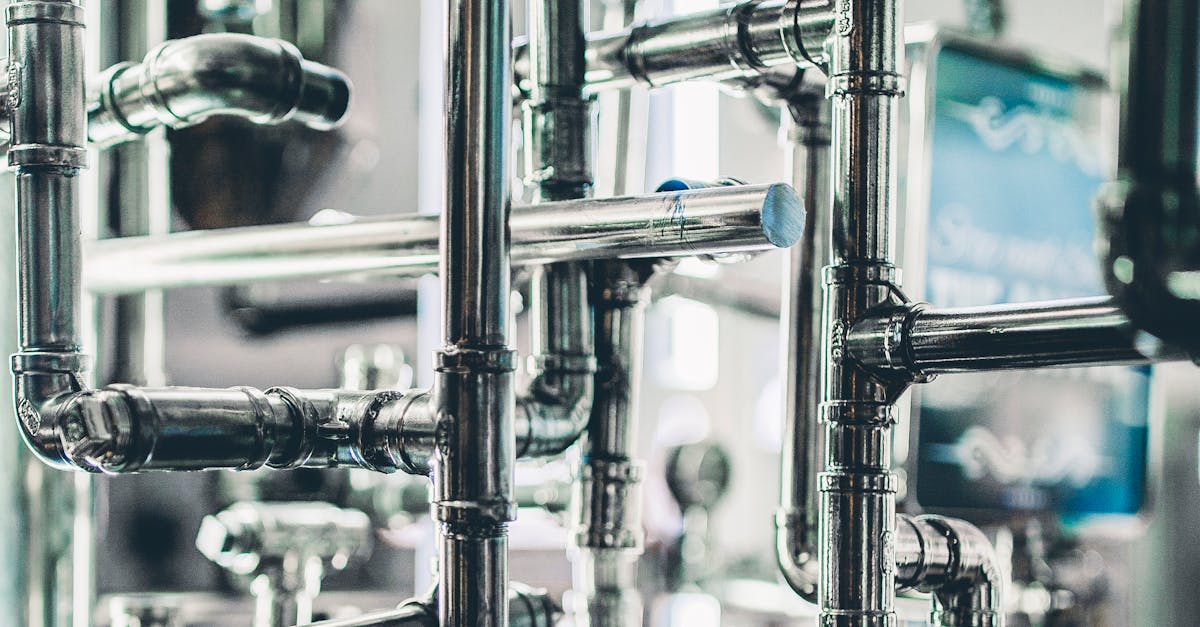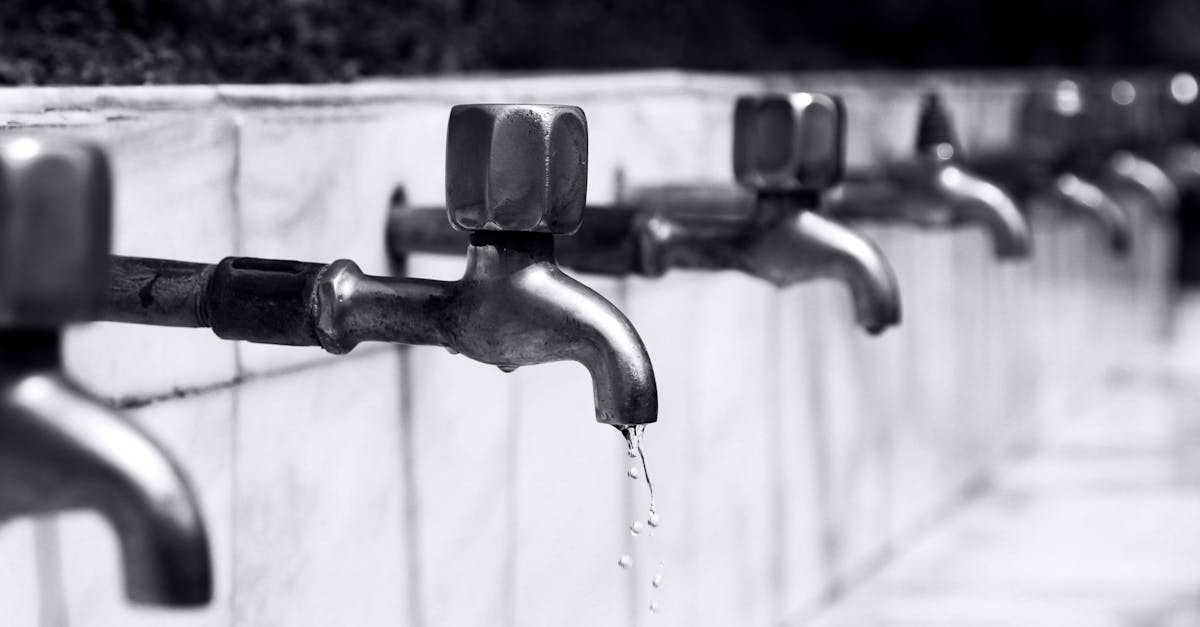
Estimates for Residential Pipe Installation
When considering estimates for residential pipe installation, homeowners typically encounter a range of costs based on factors such as pipe material, size, and complexity of the job. Basic materials like PVC or PEX may lower upfront expenses, while copper or cast iron can lead to higher costs due to material and labor requirements. Additional factors also contribute to the final price, including the need for permits, the specifics of the existing plumbing layout, and any upgrades related to local building codes.
In Oregon, the demand for quality workmanship drives competition among contractors, which can help balance pricing. Homeowners should seek multiple estimates and inquire about the experience and credentials of those performing the work. For thorough assessment, professionals can provide insights into costs related to pipe installation and repair in Oregon. Understanding the inherent variables can lead to better-informed decisions regarding budget and timing for plumbing projects.
Average Costs for Common Projects
When considering average costs for common pipe installation projects, homeowners should anticipate expenses ranging from $1,000 to $4,000, depending on various factors including the type of material used and the complexity of the installation. For instance, installing a new PVC pipe can be more economical compared to copper or cast iron options, which are often priced higher due to material costs and labor intensity. Local labor rates and market conditions in Oregon can also impact these expenses, so obtaining multiple estimates from licensed contractors is advisable.
For pipe installation and repair in Oregon, additional costs may arise from local building codes and permit fees. Homeowners should account for these potential expenses alongside the base installation costs. If a project involves replacing outdated piping or integrating advanced plumbing systems, costs could escalate significantly. Homeowners should budget for the unexpected, especially in older homes where existing pipe conditions might necessitate additional work to ensure compliance with current regulations.
Commercial Pipe Installation Costs
Commercial pipe installation costs can vary significantly based on the complexity and scale of the project. Factors such as the type of material used, the existing infrastructure, and labor costs play crucial roles in determining the final price. For larger commercial projects, excavation work and the need for specialized equipment can increase expenses. Additionally, compliance with local building codes and regulations in Oregon can also impact costs, as businesses must ensure they meet all necessary requirements.
When evaluating the expenses associated with pipe installation and repair in Oregon, it is important to consider ongoing maintenance and possible future repairs. Businesses may face additional costs if their pipes are improperly installed or if subpar materials are used. Proactive planning and investment in quality pipe systems can help mitigate long-term expenses. Overall, understanding the nuances of commercial pipe installation costs helps businesses make informed decisions that align with their budgetary constraints and operational needs.
Unique Aspects of Business Installations
Businesses often require a different approach to pipe installation due to their specific needs and the scale of the projects. The complexity of commercial systems can involve additional considerations such as the need for compliance with local regulations and codes. These installations may require more extensive planning and coordination to ensure minimal disruption to operations. Factors such as the type of business, the volume of plumbing needs, and the complexity of the system all play a role in determining the overall cost.
Pipe installation and repair in Oregon also presents unique challenges, particularly given the region's diverse climate and geological conditions. Businesses may need to account for varying soil types and potential environmental regulations affecting water drainage and waste management systems. These aspects can complicate the installation process and impact the final budget. Ultimately, understanding these unique considerations will help business owners make informed decisions about their plumbing needs.
LongTerm Costs of Pipe Material Choices
When selecting materials for pipe installation, long-term costs can vary significantly based on the type of material chosen. For instance, PVC and CPVC pipes tend to be more affordable upfront, but they may not have the same longevity as materials like copper or cast iron. Over time, cheaper options may require more frequent repairs or replacements, ultimately increasing overall expenditure. Evaluating the lifespan and resilience of each material can help homeowners and businesses make informed choices that align with both budget and long-term goals.
In regions such as Oregon, local climate and soil conditions can also influence the long-term performance of different pipe materials. Certain materials may withstand environmental pressures better than others. Pipe installation and repair in Oregon can involve unique challenges including moisture levels and soil composition. This means that a material that seems cost-effective in the short term may end up being less economical if it requires more maintenance due to local conditions. Balancing initial costs with potential long-term savings is essential when planning any plumbing project.
Maintenance and Replacement Considerations
Proper maintenance of pipes is crucial to prolonging their lifespan and minimizing replacement costs. Regular inspections can identify small issues before they escalate into major problems. Homeowners and businesses should keep an eye out for signs of wear, such as leaks, corrosion, or unusual noises. Incorporating routine check-ups and prompt repairs into a maintenance schedule significantly reduces the risk of costly emergencies in the future.
For those considering new installations, understanding the long-term costs of various materials is essential. Different pipe materials offer varying levels of durability and maintenance needs. For instance, while PVC may have lower upfront costs, it may require more frequent repairs than metal options under certain conditions. Pipe installation and repair in Oregon may also involve considerations unique to the region’s climate and soil conditions, affecting how materials perform over time.
FAQS
What factors influence the cost of installing a new pipe?
Several factors influence the cost, including the type of pipe material, the length of the installation, labor costs, accessibility of the installation site, and any necessary permits or inspections.
How much can I expect to pay for residential pipe installation?
The average cost for residential pipe installation typically ranges from $1,000 to $3,000, depending on the project specifics such as the type of pipe and complexity of the installation.
Are there different costs for installing pipes in commercial settings?
Yes, commercial pipe installation costs can be higher due to the scale of the project, unique business requirements, and potential regulatory compliance, often ranging from $2,000 to $10,000 or more.
How do pipe material choices affect long-term costs?
Pipe materials vary in durability, lifespan, and maintenance needs, impacting long-term costs. For example, PVC is often cheaper upfront but may require more frequent replacements compared to copper, which can be more expensive initially but lasts longer.
What should I consider for maintenance and replacement of pipes?
When considering maintenance and replacement, think about the longevity of the material, the frequency of repairs needed, and any potential disruptions to your property, all of which can influence overall costs.


